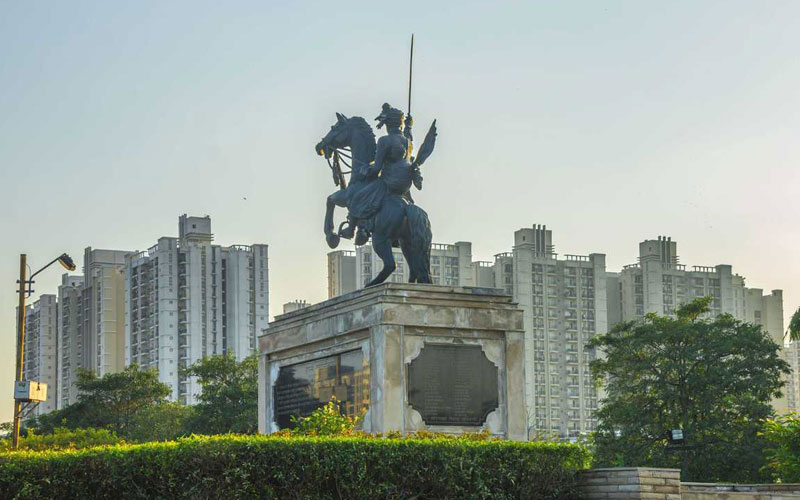Rainwater harvesting (RWH) is the phenomenon of gathering and storing the rainwater falling on the ground. It helps to save the precious rainwater which otherwise flows to dirty drains. Presently, the scarcity of water can be observed across different parts of the world. Rainwater Harvesting to Keep the Roads Clear
Many countries are taking the initiative to save water to sustain themselves. In this chain, Japan has also taken forward a step to save the water by carrying out rainwater harvesting in a unique manner. Let us learn more about the way they are doing this through this blog.
Why RWH system is needed in Japan?
Japan is a developed region with Tokyo as its highly populated area. However, to fulfill the water needs of such a large population is becoming a hectic task. And as this population is rising day-by-day the needs are also upsurging. Looking at this huge water ultimatum, Tokyo is currently taking water from water bodies that are nearest or are at about 100-200kms of distance from the area. Rainwater Harvesting to Keep the Roads Clear
- Being an urbanized country, Japan holds a record of having the best road network among many other countries. The country has a relatively large area in which more land patches are covered with concreted and cemented roads.
- The asphalt mixed with the concrete shapes out the fine buildings, parking lawns and roads, and infrastructure. This prevents the rainwater from penetrating down the ground level.
- The system has been designed in such a way that the rivers passing through the towns can only flow in solid cement barriers. This way they get less polluted and only limited water is used. Also, they can serve their function of acting like channels for the bigger water streams.
know More.
A few years back. Japan was tremendously hit by urban flooding. A huge loss to the smaller and bigger drainage system severs and the river network took place with the heavy rainfalls. In the same incident, the death of a person happened due to drowning in an underground shopping area full of floodwater.
Even if such a downpour highly affects the people living in that area, they are still in vain to get enough water for satisfying their thirst. In other words, people are defenseless of the heavy rainfall but are incapable of saving the rain water to get it utilizable for them.
It is recognized that Tokyo gets 2.5 billion cubic meters of rainfall annually. This amount of rainfall is just 0.5 billion cubic meters more than required by the population of that area. As a result, it is inferred that the country receives more water from the natural source than it is being used.
The only problem is that the rainwater is not utilized properly. Instead, it is channelized into sewage. After changing into the polluted water, it reaches the oceans and lakes, polluting them also, making them unfit for drinking.
Considering this issue as an alarming call, Japan took out the initiative of making the equipment to be used to collect the rainwater without causing any loss to public property and governmental possessions.
Initiative in progress.
As a result of the consideration, Water Resources in Japan came up with a resolution in 2002,to utilize rain water for different purposes. As of 2002, Japan is using rainwater for flushing toilets, cleaning dirty roads with rainwater. Under the public roads at the main spots, some RWH systems are fixed beneath the concrete and asphalt, that absorbs the rainwater. After the rain, the automatic sensors put there, throws the standard amount of water on roads to clean them automatically.
Another development is made in Japan’s governmental organizations. Here, the heat storage and old septic tanks are modified to rainwater tanks to collect rain ater for air conditioning. Rooftop rainwater tanks are installed by many such public and private organizations to take the step forward to save rainwater to be utilized appropriately.
Subsequently, a closed primary school is also modified into a rainwater harvesting museum. This museum acknowledges the people about the importance of water and with the help of a driving force, the team behind the establishment is putting efforts to save rainwater.











